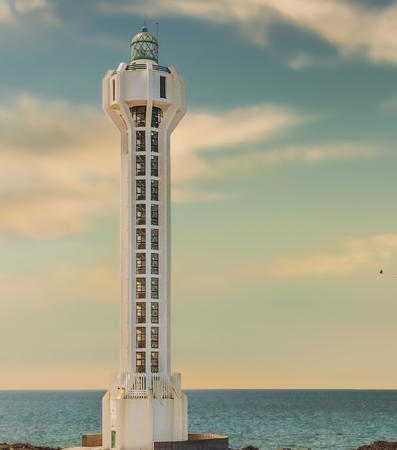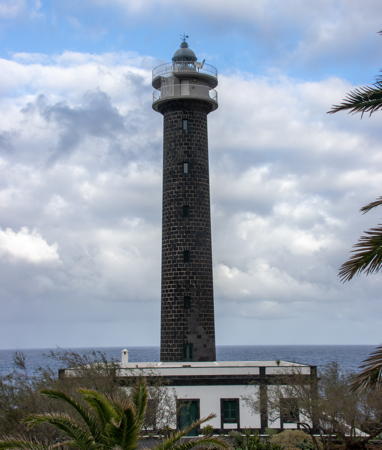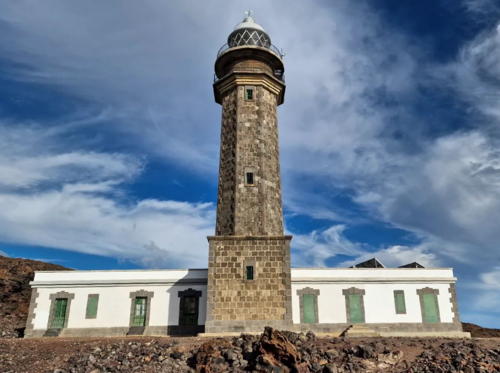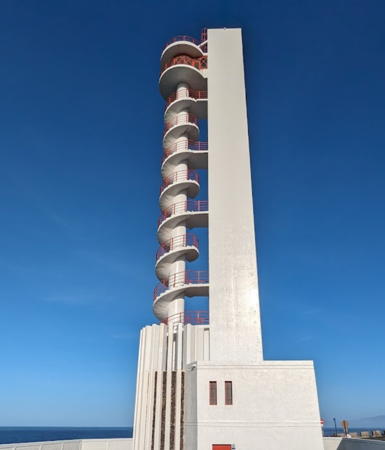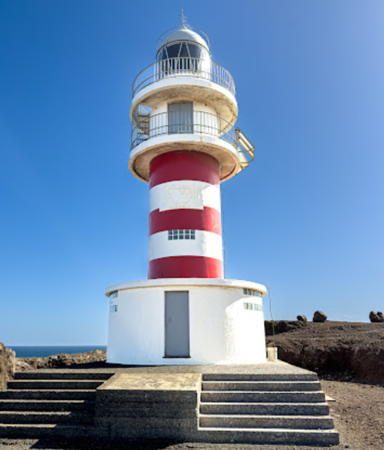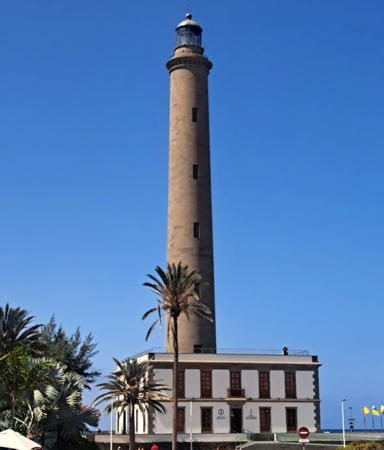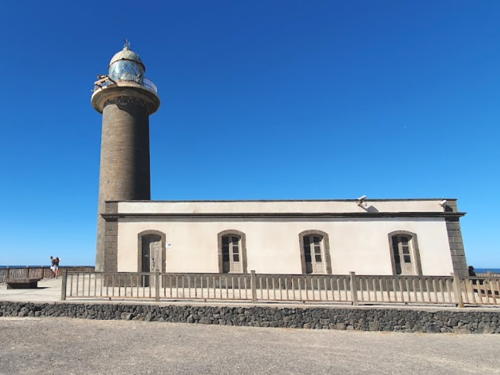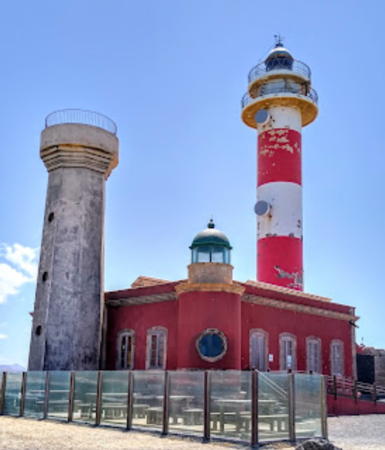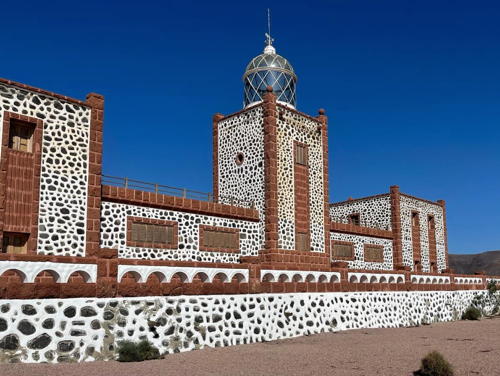The Kingdom of Spain occupies nearly 85% of the Iberian Peninsula in southeastern Europe with coastlines facing south and southeast on the Mediterranean Sea and northwest on the Atlantic Ocean. Spain also includes the Balearic Islands in the Mediterranean, the Canary Islands in the Atlantic, and the cities of Ceuta and Melilla on the north coast of Morocco.
The Canary Islands (Canarias in Spanish) are a group of seven volcanic islands located west of the southern coast of Morocco. The islands have been known to Europeans since antiquity; they were inhabited by people related to the Berbers of North Africa before being conquered by Spain during the fifteenth century. They have been Spanish territory ever since.
Since 1978 Spain has been divided into 17 regions called autonomous communities (comunidads autónoma) that have been granted varying degrees of autonomy by the central government. The Canary Islands form one of the autonomous regions, divided into two provinces. The western province of Santa Cruz de Tenerife includes the islands of La Palma, El Hierro, La Gomera, and Tenerife; the eastern province of Las Palmas de Gran Canaria includes the islands of Gran Canaria, Fuerteventura, and Lanzarote.
Located almost in the tropics, the islands are very popular tourist destinations. In case you were wondering, the islands are not named for canary birds; the birds (Serinus canaria) are named for the islands.
The word for a lighthouse is faro in Spanish but its use is generally restricted to the larger coastal light stations. Smaller lighthouses are called balizas (beacons). In Spanish isla is an island, cabo is a cape, punta is a promontory or point of land, péñon is a rock, arrecife is a reef, bahía is a bay, ría is an estuary or inlet, estrecho is a strait, río is a river, and puerto is a port or harbor.
The navigational lights in Spain are the responsibility of the national port authority, Puertos del Estado, but generally they are operated and maintained by regional port authorities. In the Canaries, each of the two provinces has its own port authority, respectively the Autoridad Portuaria de Santa Cruz de Tenerife and the Autoridad Portuaria de Las Palmas de Gran Canaria.
ARLHS numbers are from the ARLHS World List of Lights. ES numbers are from the Spanish national list of lights, Libro de Faros. Admiralty numbers are from volume D of the Admiralty List of Lights & Fog Signals. U.S. NGA numbers are from Publication 113.
- General Sources
- Faros y Señales de Niebla
- Online edition of the official Spanish light list.
- Online List of Lights - Islas Canarias
- Photos by various photographers posted by Alexander Trabas.
- Lighthouses in the Canary Islands
- Photos by various photographers available from Wikimedia.
- World of Lighthouses - Non-continental Spain
- Photos by various photographers available from Lightphotos.net.
- Phares d'Afrique
- This page, part of Le phare à travers le monde, the web site of Alain Guyomard and Robert Carceller, links to fine photos of many lighthouses of the Canaries.
- Anexo: Faros de España
- List of Spanish lighthouses with links to articles in the Spanish language Wikipedia.
- Spanische Leuchttürme auf historischen Postkarten
- Historic postcard images posted by Klaus Huelse.
- GPSNavigationCharts
- Navigation chart information for the Canary Islands.
- Navionics Charts
- Navigation chart for the Canary Islands.
